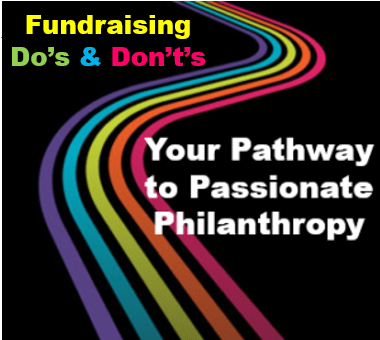How to Use Psychology to Pre-Suade Donors to Give
 Are you leading with a “gift” or “favor” to positively incline your donor to say “yes?”
Are you leading with a “gift” or “favor” to positively incline your donor to say “yes?”
This time of year is what I call “presuasion time.”
Because if you’re thoughtful about it, you can presuade donors to give up to the moment you ask!
That’s what we reviewed in Part 1 of this two-part series, where I described research from Robert Cialdini, author of the seminal Influence: The Psychology of Persuasion, and the newer book, Pre-Suasion: A Revolutionary Way to Influence and Persuade, and discussed how you might apply this research to your fundraising strategies. We learned the importance of leading with a “gift” or “favor” that will incline your donor favorably in your direction. Even the smallest of favors can create significant goodwill, and there are simple ways to boost the likelihood your favor will be returned.
-
Today we’re first going to look at a way to tweak your language to make a difference.
-
Then we’ll explore some types of favors donors are likely to value enough to want to reciprocate.
First, a reminder: Truth be told, every time of year is presuasion time. Everything you do with supporters should be designed to prime the pump so people are pre-disposed to give to you the next time you ask. Whether that’s next week, the week thereafter, or any week of the year! Whenever you’re not asking — and you should plan to send at least three non-asking communictions for every one ask — you should be in presuasion mode.
So, let’s get a little psychologically-minded, keeping in mind one of the six core Cialdini principles of Influence and Perusasion: Reciprocity. In brief, human beings often feel obligated to return favors, even if they are unasked for.
Details



 Remember learning your multiplication tables? The concept is powerful for fundraising!
Remember learning your multiplication tables? The concept is powerful for fundraising!


 Does your nonprofit promote stock gifts? You should!
Does your nonprofit promote stock gifts? You should!

 There’s a lot of potential legacy giving out there in the universe. Per
There’s a lot of potential legacy giving out there in the universe. Per